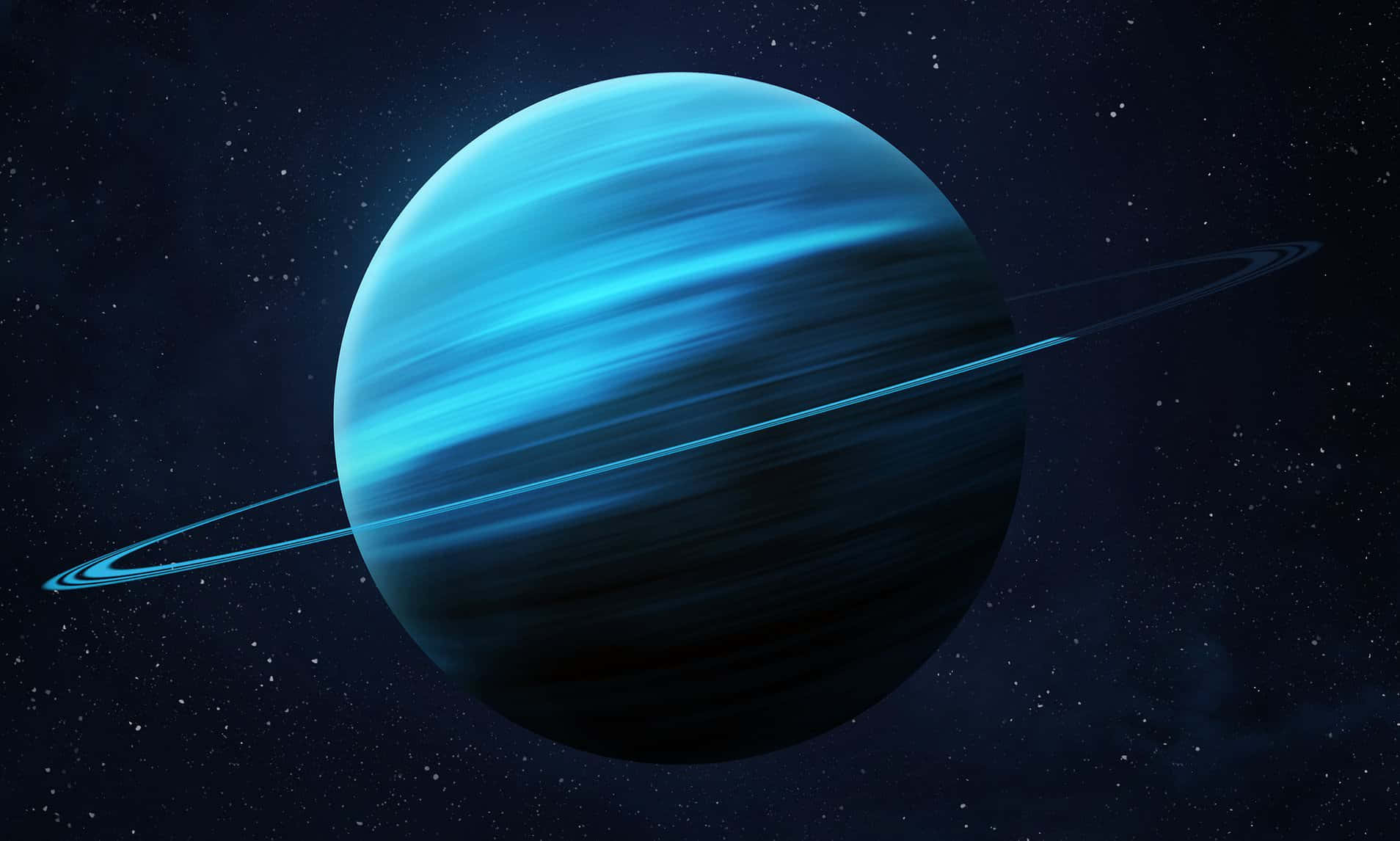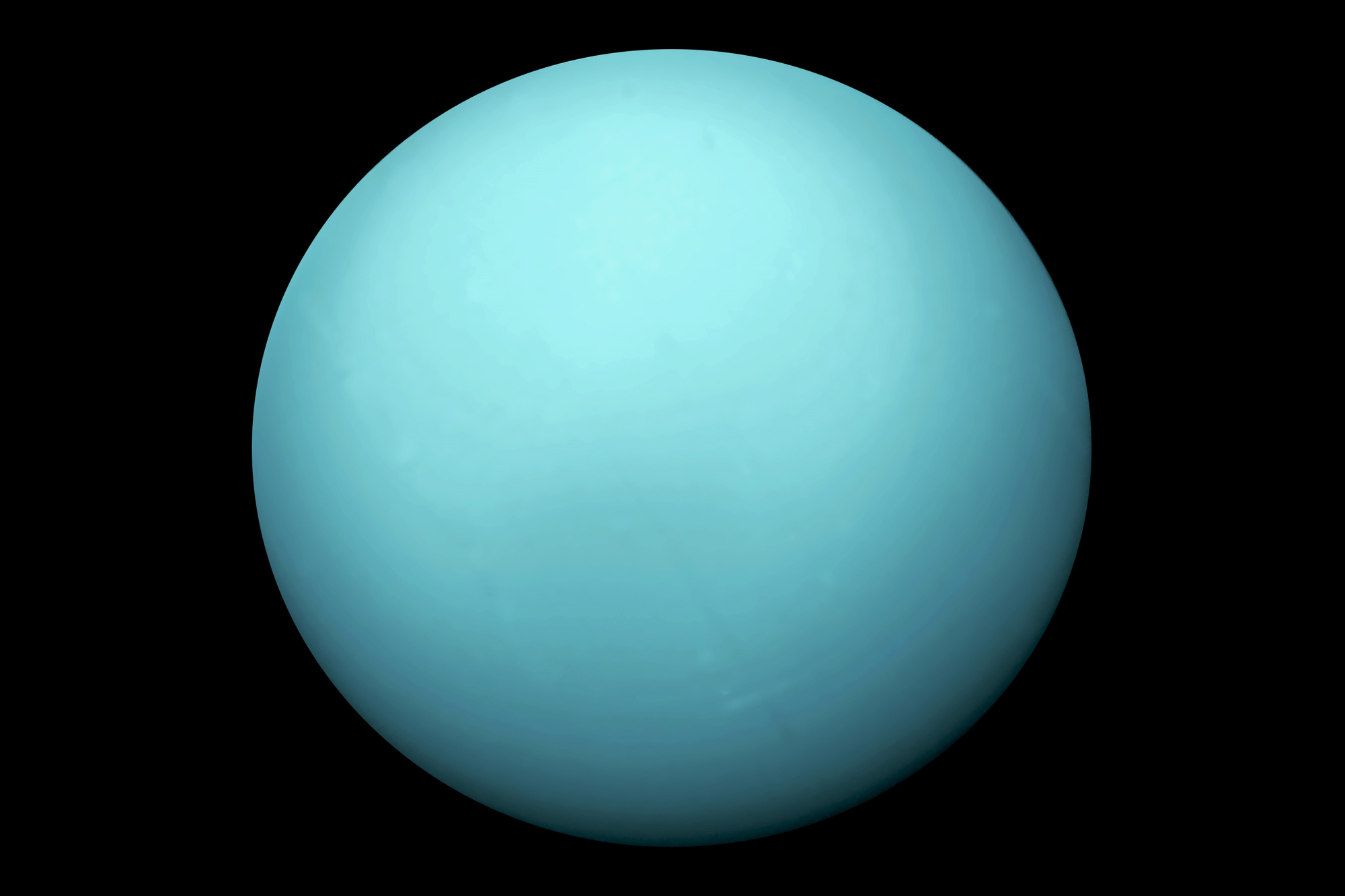Uranus, the seventh planet from the Sun, stands out as one of the most fascinating celestial bodies in our solar system. Its unique characteristics and mysterious atmosphere make it a subject of great interest among astronomers and space enthusiasts alike.
1. A Tilted World
Unlike any other planet in our solar system, Uranus rotates on its side. With an axial tilt of about 98 degrees, this giant planet experiences extreme seasonal variations. Each pole gets around 42 years of continuous sunlight, followed by 42 years of darkness. Scientists believe this unusual tilt might be the result of a colossal collision with another celestial object long ago.
2. Atmospheric Mysteries
The atmosphere of Uranus is primarily composed of hydrogen and helium, with traces of methane. The methane absorbs red light, giving the planet its distinctive blue-green hue. However, beneath this calm exterior lies a tumultuous world of high-speed winds and frigid temperatures, reaching as low as -224 degrees Celsius, making it one of the coldest places in the solar system.
3. Rings and Moons
Uranus boasts a complex ring system, consisting of 13 known rings. Unlike the bright, icy rings of Saturn, Uranus' rings are dark and faint, possibly composed of water ice mixed with radiation-processed organics. Furthermore, Uranus is orbited by 27 known moons, named after characters from the works of William Shakespeare and Alexander Pope. Some of the most notable moons include Titania, Oberon, Umbriel, and Ariel.
4. Voyager 2's Historic Flyby
The only spacecraft to visit Uranus was NASA's Voyager 2, which flew by the planet in January 1986. This historic mission provided invaluable data, unveiling details about its rings, moons, magnetic field, and atmosphere. Despite this brief encounter, much about Uranus remains shrouded in mystery, waiting to be uncovered by future missions.
5. Future Exploration
Interest in Uranus has been reignited in recent years, with scientists advocating for new missions to study the planet up close. Understanding Uranus and its unique characteristics could provide crucial insights into the formation and evolution of our solar system.






0 Comments